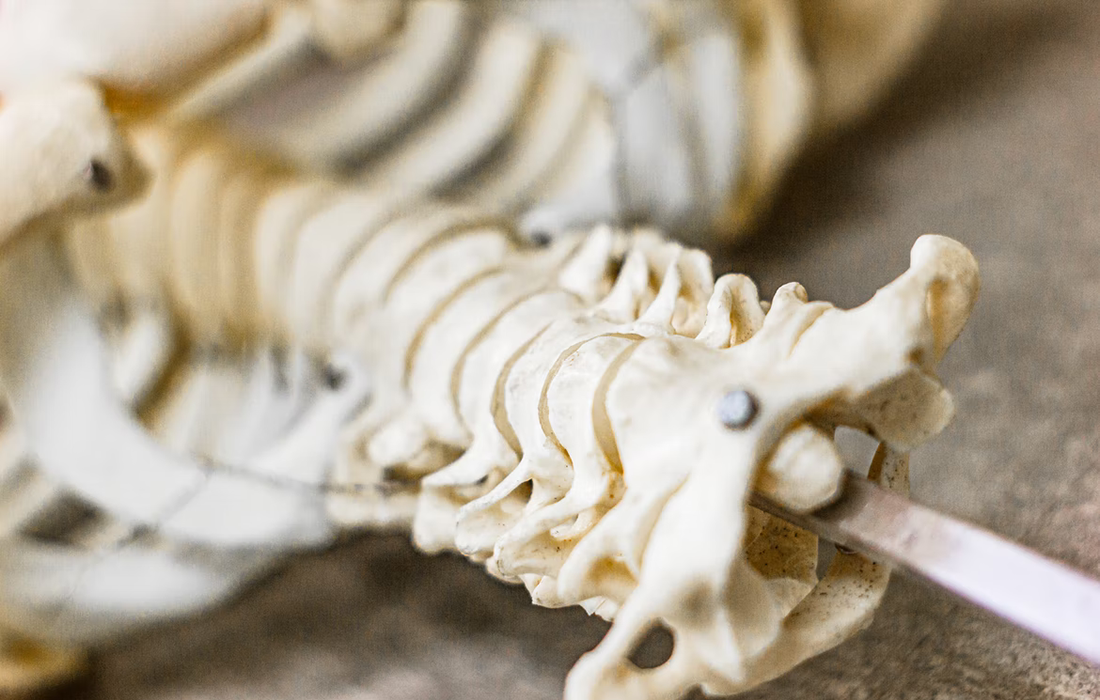Regenerative Medicine News and General Information
Stem Cell-Based Biomaterial Used to Regenerate Intervertebral Disk Degeneration
Low back pain is a leading cause of disabilities throughout the world and engenders a tremendous socioeconomic burden. It has been estimated that intervertebral disk (IVD) degeneration accounts for 22–42% of patients with low back pain.
IVD degeneration frequently leads to more debilitating conditions, such as lumbar disk herniation, lumbar spinal stenosis, and spinal deformity, which are collectively called degenerative disk diseases.
There are different conservative treatments that may alleviate the symptoms but do not restore the degenerated IVD to its healthy state, and surgical interventions, such as decompression and fusion are palliative and do not resolve the pathology.
To address this problem, a team of researchers at Osaka University and Kyoto University demonstrated that using cartilage tissue derived from human stem cells could help prevent the loss of functionality from IVD degeneration. The study appears in the journal Biomaterials.
Chondrocyte-like Cells
The team used induced pluripotent stem cells (iPSCs), which are reprogrammed somatic cells that have the same function as embryonic stem cells (ESCs). iPSCs are a promising cell source for regenerative therapy due to their unlimited proliferative and differentiative capacities.
These cells can be induced to become chondrocytes, which are cells that produce and maintain cartilage. The team developed iPSC-derived cartilaginous tissue (hiPS-Cart) for implantation into lab rats that had the nucleus pulposus (NP) removed.
The hiPS-Cart survived and occupied the nuclectomized space. Further scRNA-seq analysis revealed that hiPS-Cart cells changed their profile after implantation, differentiating into two lineages that are metabolically distinct from each other. However, post-implanted hiPS-Cart cells corresponded to chondrocyte-like NP cells only and did not develop into notochordal NP cells, suggesting that chondrocyte-like NP cells are nearly sufficient for NP function.
Source:
Takashi Kamatani, et al. Human iPS cell-derived cartilaginous tissue spatially and functionally replaces nucleus pulposus. Biomaterials, 2022; 284: 121491 DOI: 10.1016/j.biomaterials.2022.121491
Image from:
Photo by Alan Calvert on Unsplash

